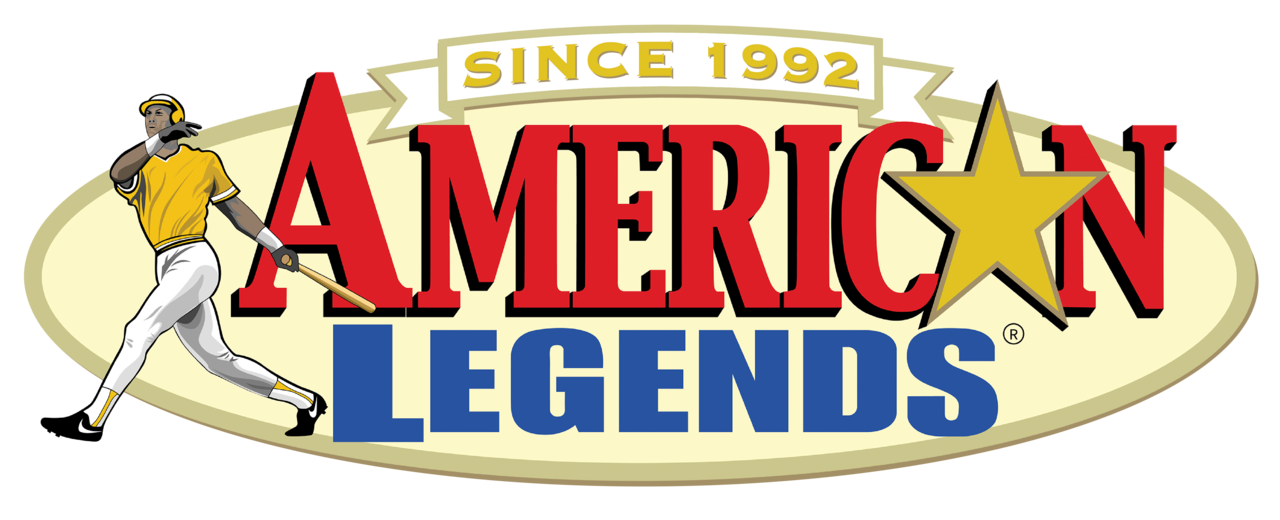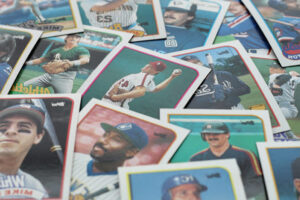In the world of baseball card collecting, enthusiasts are often faced with the decision of whether to focus on vintage or modern cards. Both vintage and contemporary baseball cards have unique characteristics, appeal, and considerations when it comes to selling. In this article, we’ll explore the key differences between selling vintage and modern baseball cards and the essential considerations for collectors looking to sell them.
Vintage Baseball Cards
Vintage baseball cards typically refer to cards produced many years ago, often dating back several decades. These cards hold historical significance and nostalgia for collectors, representing a bygone era of the sport. Here are some key differences and considerations when selling vintage baseball cards:
- Historical Significance: Vintage baseball cards often hold significant historical value, as they capture iconic players, teams, and moments from the past. Collectors may be drawn to vintage cards for their connection to baseball history and the opportunity to own sports memorabilia.
- Condition and Rarity: The condition of vintage baseball cards is crucial when determining their value. Cards in mint condition or featuring rare variations can command high prices among collectors. Proper grading and authentication are essential for accurately assessing the value of vintage cards.
- Market Demand: The demand for vintage baseball cards can fluctuate based on player popularity, historical events, and trends in the collecting community. Collectors may seek out specific cards or sets from certain eras, increasing demand and prices for vintage cards.
- Investment Potential: Vintage baseball cards have long been considered a solid investment, with prices appreciating over time, especially for cards featuring Hall of Fame players or significant milestones. However, investing in vintage cards requires careful research and consideration of market trends.
Modern Baseball Cards
Modern baseball cards, on the other hand, refer to cards currently being produced or produced in more recent years. These cards often feature contemporary players, innovative designs, and specialized inserts. Here are some key differences and considerations when selling modern baseball cards:
- Player Availability: Modern baseball cards offer collectors the opportunity to acquire cards featuring current players, rookies, and prospects. The availability of cards for famous players and emerging talents can drive interest and demand among collectors.
- Variety of Inserts and Parallels: Modern baseball card sets often include various inserts, parallels, and unique edition cards, offering collectors diverse collection options. These unique cards may feature autographs, relics, or exclusive designs, adding value and excitement to modern collections.
- Condition and Grading: While the condition is still essential for modern baseball cards, collectors may be more forgiving of minor imperfections than vintage cards. However, cards in pristine condition or featuring rare variations can still command premium prices among collectors.
- Market Trends and Speculation: The market for modern baseball cards can be influenced by various factors, including player performance, rookie hype, and trends in the hobby. Collectors may speculate on the potential future value of certain cards, especially those featuring highly touted prospects or breakout stars.
Considerations for Selling Baseball Cards
When it comes to selling baseball cards, whether vintage or modern, collectors should consider the following factors:
- Research and Education: Before selling baseball cards, collectors should conduct thorough research to understand the current market trends, prices, and demand for their cards. Education about grading, authentication, and market dynamics is essential for making informed selling decisions.
- Condition and Authentication: Proper grading and authentication are crucial for accurately assessing the value of baseball cards, especially vintage cards. Collectors should invest in professional grading services and ensure their cards are adequately authenticated to maximize their selling potential.
- Timing and Strategy: Timing can play a significant role in the success of selling baseball cards. Collectors should consider market trends, seasonal fluctuations, and upcoming events or milestones that may impact the demand for their cards. Developing a selling strategy based on these factors can help maximize returns.
- Platform Selection: Choosing the right platform for selling baseball cards is essential for reaching potential buyers and maximizing exposure. Options include online marketplaces, auction sites, specialty forums, and local card shops. Collectors should consider their target audience, selling goals, and fees for each platform.
Whether you’re selling vintage or modern baseball cards, understanding the key differences and considerations is essential for success in the hobby. Vintage cards offer historical significance and investment potential, while modern cards provide opportunities to collect current players and unique inserts. By conducting thorough research, investing in grading and authentication, and developing a strategic selling approach, collectors can maximize the value of their baseball card collections and attract interested buyers in the competitive marketplace.
Remember, when it comes to selling baseball cards, it’s not just about the cards themselves; it’s also about the stories they tell, the memories they evoke, and the passion they ignite among collectors. By taking the time to understand the nuances of the market and the preferences of potential buyers, collectors can ensure a successful selling experience and share the joy of baseball card collecting with others.


